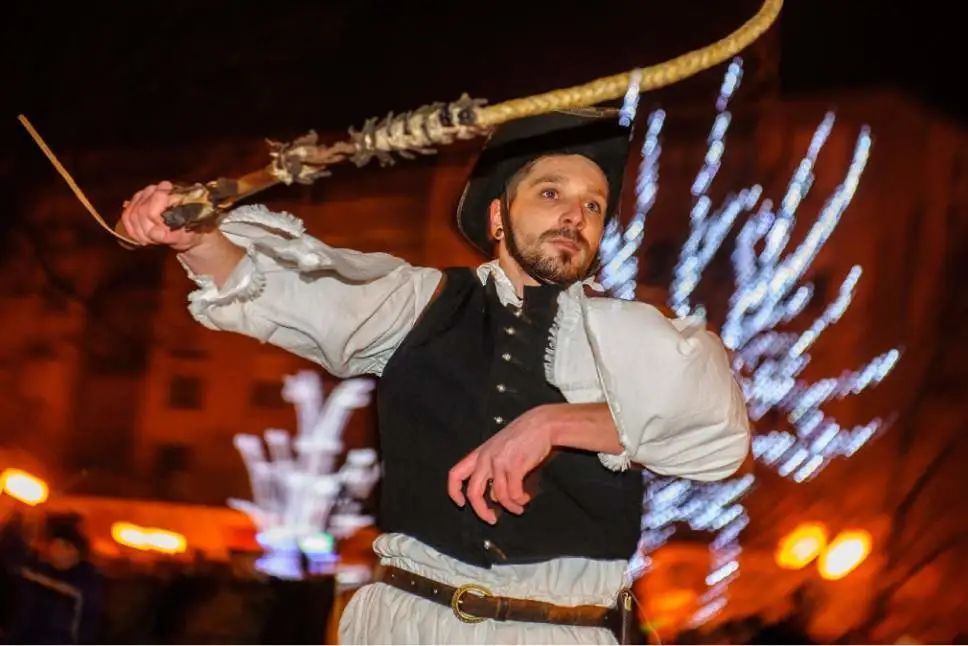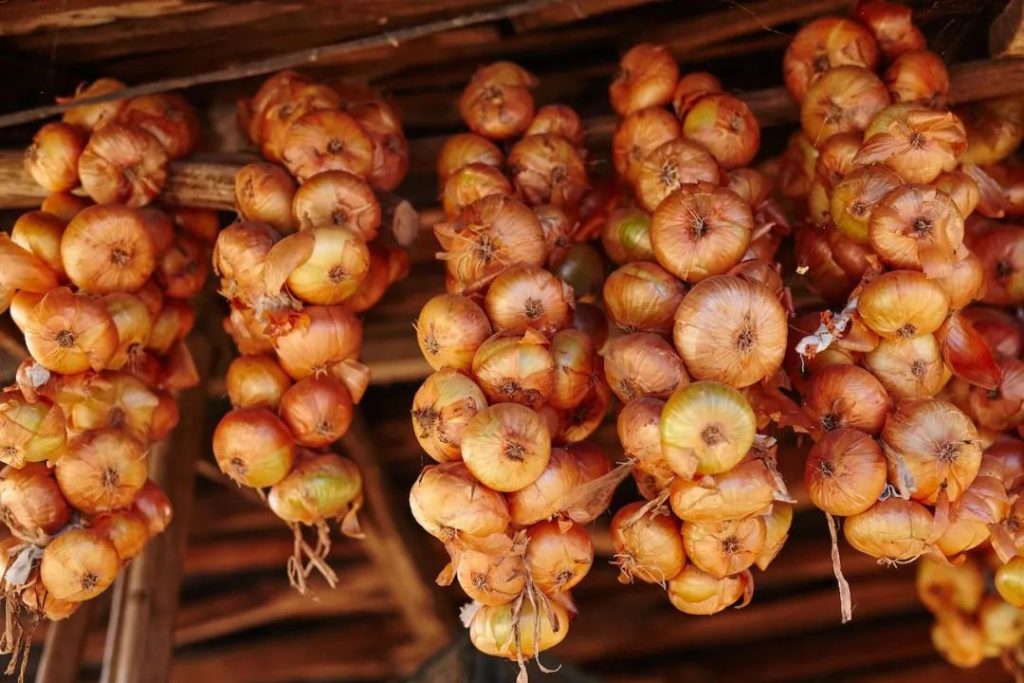In Germany, the New Year celebrations span about a week around the transition period. During this time, every household decorates a fir tree, adorning its branches with ribbons and artificial flowers, symbolizing a colorful and blossoming spring. On New Year’s Eve, just moments before the stroke of midnight, Germans climb onto chairs. As the clock chimes, they leap off the chairs, simultaneously throwing a heavy object behind them, symbolizing the casting away of misfortune and leaping into the new year. Similar to Finland, Germans also engage in the tradition of pouring molten lead into cold water, interpreting the shapes formed by the lead in the water as a means of divining the destiny of the upcoming year.

In France, New Year’s is celebrated with revelry and wine, with people engaging in festive drinking from New Year’s Eve until January 3rd. The French believe that the weather on New Year’s Day foretells the outlook for the upcoming year. On New Year’s morning, they take to the streets to observe the wind direction for divination: a south wind suggests fair and hot weather, anticipating a peaceful and warm year; a west wind hints at a bountiful year for fishing and milking; an east wind forecasts a prolific harvest of fruits; while a north wind signifies a potential year of poor yields.

In Belgium, celebrating the New Year involves a special focus on animals. On New Year’s Day, Belgians wake up early, and the first thing they do is wish a happy New Year to their animals. They approach cows, sheep, as well as their own pets like cats and dogs, solemnly greeting them with a heartfelt “Happy New Year!”

During New Year’s in Norway, people make a tower-shaped almond dessert called “kransekake.” Eating this treat is believed to bring happiness and sweetness in the coming year.

In Hungary, it is customary to make loud noises on New Year’s Eve to scare away evil spirits. Traditionally, whips were used to create the noise, but nowadays, people often use horns and other loud sounds to ward off demons.

On New Year’s Eve, some Hungarians still adhere to divination customs and traditions. For instance, girls may place pieces of paper with boys’ names written on them inside dumplings. It is believed that the dumpling that surfaces first during the cooking process will reveal the name of their future husband.

Polish people also have a tradition of eating fish on New Year’s, and they often place two to three scales from the carp they had during the New Year’s Eve dinner in their wallets for good luck. Carp is one of the most popular fish in the country, especially during the Christmas period.

In Italian tradition, it is believed that making loud noises on New Year’s Eve can drive away evil spirits, ensuring a prosperous New Year. Therefore, locals engage in continuous fireworks and loud noises, breaking anything breakable. On New Year’s Day, every Italian household lights a robust fire and strives to keep it burning throughout the entire day. Italians believe that fire originates from the sun, and if the fire is extinguished on New Year’s, the coming year may be shrouded in darkness.

In Greece, it is a tradition for households to hang bags of onions on their doors, symbolizing the anticipation of a bountiful and prosperous harvest in the coming year.

On New Year’s morning, Romanian farmers attempt to converse with their animals because, according to Romanian folklore, animals can speak on this day. If they hear the animals talk, it is believed that the harvest will be good in the coming year. In Romania’s Moldova region, there is another New Year custom to invoke a bountiful harvest: residents wear real bear skins and dance around their towns to dispel evil, praying for the purification and increased fertility of the soil in the coming year, as bears are considered protectors in Slavic mythology. The lyrics of the dance song go: “Dance well, old bear, and I will give you bread and olives.
Alright, our comprehensive overview of New Year customs around the world comes to an end here! With people’s lifestyles becoming increasingly modern, many ancient customs are gradually fading away. However, people’s hopes and well-wishes for the new year remain unchanged.



